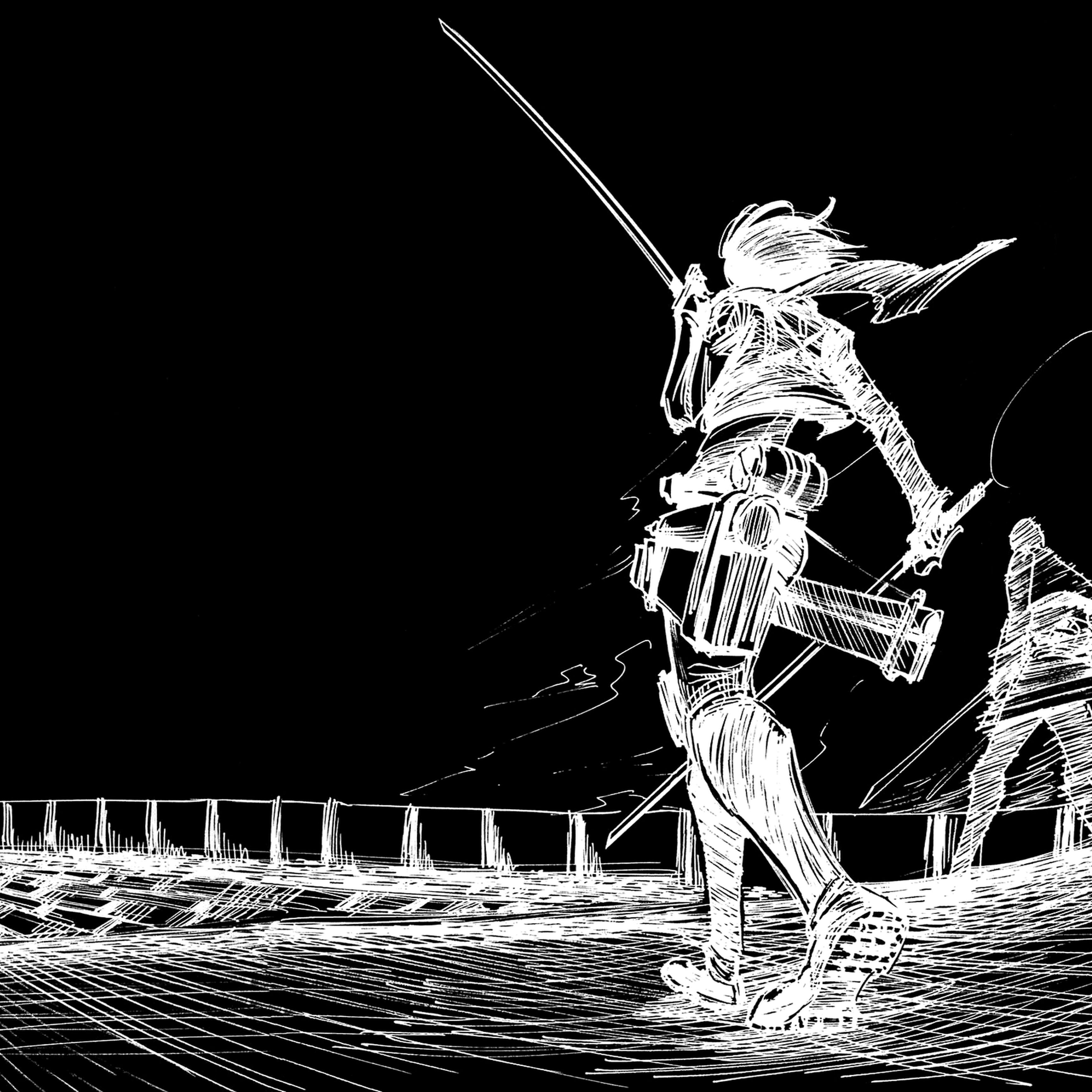


I believe the capacity of the highway represents the number of lanes we can use for processor-to-processor communication.

I think the lanes are similar to memory channels. More channels of the same type lead to higher communication bandwidth.

Why isn't the total time for 12-car caravan: 0.5 hrs + 2/100th of an hour? I think because 0.5hrs includes the time for the first four cars, we might need to consider only the rest 8 cars corresponding to 2/100th or an hour.

@lonelymoon I am also thinking that the total time should be 0.5 hrs + 2/100th

@wooloo The concrete computer-specific example I'm going to give isn't processor-to-processor communication but it's processor-to-peripheral, which is also very important. This idea of increasing the number of lanes can be easily seen in PCIe expansion slots (e.g. for GPUs or other peripherals). There are PCIex1, PCIex2, PCIex4, PCIex8, and PCIex16 slots at the moment and each of these use different numbers of communication lanes (i.e. PCIex8 uses 8 lanes to communicate). Unsurprisingly, the bandwidth is linearly related to the lane count.

I believe the distinction between whether it should be 2/100 or 3/100 is dependent on whether you count the time to move the first car far enough to place the second car as part of the 0.5 hours or not. In CS 144 this formulas is for a similar concept to calculate the latency (time to travel across the length of a link in a network) plus the packetization delay (time to place the bits onto the link, also with the formula N/B where N is the number of bits), and the time to place the bits onto the link is separately counted from the length of the link, even for the first packet.

@wooloo I believe a caravan of N cars is like a message of N bits. A larger caravan/longer message results in higher "effective throughput". In the N -> infinity limit, the "effective throughput" -> bandwidth of the communication link, because latency of the first bit becomes negligible.

Wanted mention what was said in lecture but not in this slide. The limit as the number of the throughput as the number of cars goes to infinity is 400 cars per hour, since we get 4 cars every 1 hundredth of an hour. It's necessary to specify that this is the limit because the original 0.5hours it takes for the first set of 4 cars to reach Stanford is no longer relevant, since we now have a constant stream of cars.

Are "effective throughput" and "effective bandwidth" referring to the same thing here? They seem to be. If the full message (of N bits) must be received before the next message (of N bits) is sent, then the effective throughput/bandwidth is N bits / (T + N/B) clocks. If we just say "bandwidth" without the word "effective" we would mean the maximum possible throughput allowed given the communication capacity of the link. So if we remove the requirement that the first message is completely delivered before the next one is sent, the bandwidth should be higher than the effective bandwidth. But I'm not sure how we'd get a higher number than N bits / (T + N/B) clocks? If we're allowed to stream data without delay between messages, how does the effective bandwidth change? What is the theoretical bandwidth (max throughput) of the system?
Please log in to leave a comment.
I'm worried that the comparison is confusing me about the message in this slide. What would a "caravan of cars" or expanding the capacity of the highway represent in processor-to-processor communication?